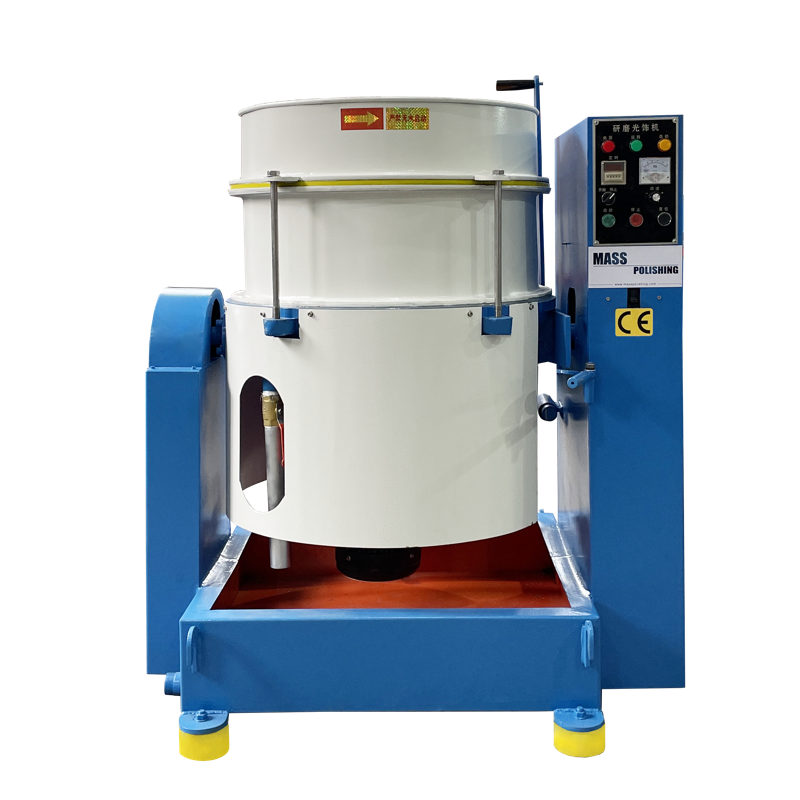
If you’re in the manufacturing industry, chances are that at some point you have had to deburr an item. Whether it was from the laser cut, waterjet or CNC milling of a component, deburring is an important step in producing a finished product. The good news is that this process can be done by the Vibratory Deburring Machine, a type of vibratory finishing machine.
While at first glance it may seem that vibratory finishing is a niche-specific activity, it’s quite the contrary as an enormous range of mass produced metal, plastic and even wooden components require deburring. It is also one of the most cost effective finishing processes available today.

There are three main types of mass finishing machines: tub-style vibratory machines, drum-type vibrators and long radius finishers. The major difference between these is the way in which they’re used: tub-style vibratory machines have a large process chamber lined with a protective material such as rubber or polyurethane. In the processing of parts, the vibratory action causes the tumbling media and unfinished/dirty or unwanted industrial components to rub against each other creating a polished finish.
This allows the abrasive media to wear down and remove burrs, dirt, or scale that has been left behind by machining operations. Drum-type machines feature a circular or rectangular process vessel that’s mounted on springs. This allows the container to be shaken to allow the tumbling media and unfinished parts to rub against each other, producing a polished look. Drum-type machines are usually found in larger production plants where they’re used to deburr and polish components for an ongoing batch or conveyor belt-type process.
Long radius finishers are designed to accommodate longer / longer sized industrial components such as turbine blades or curtain poles. They are often used to achieve a high level of burnishing, or in the case of aerospace applications for steel ball burnishing and smoothing of curved surfaces. Unlike tub-style or drum-type machines, these are capable of running continuously and can be easily incorporated into ongoing materials handling systems. They’re also equipped with rotating separators to aid in the separation of media and unfinished parts.